How to Build a Reliable Network with Fiber Optic Connections
In today's digital age, establishing a reliable network is crucial for both personal and professional endeavors. One of the most effective ways to achieve this is through the use of fiber optic connections. Unlike traditional copper wiring, fiber optics utilize light to transmit data, offering superior speed and bandwidth while significantly reducing latency. This advanced technology not only supports high-demand applications such as streaming and gaming but also provides the necessary infrastructure for businesses to thrive in a competitive landscape. Building a network that leverages fiber optic connections can enhance communication, improve productivity, and future-proof your setup against the ever-increasing demands of modern technology.
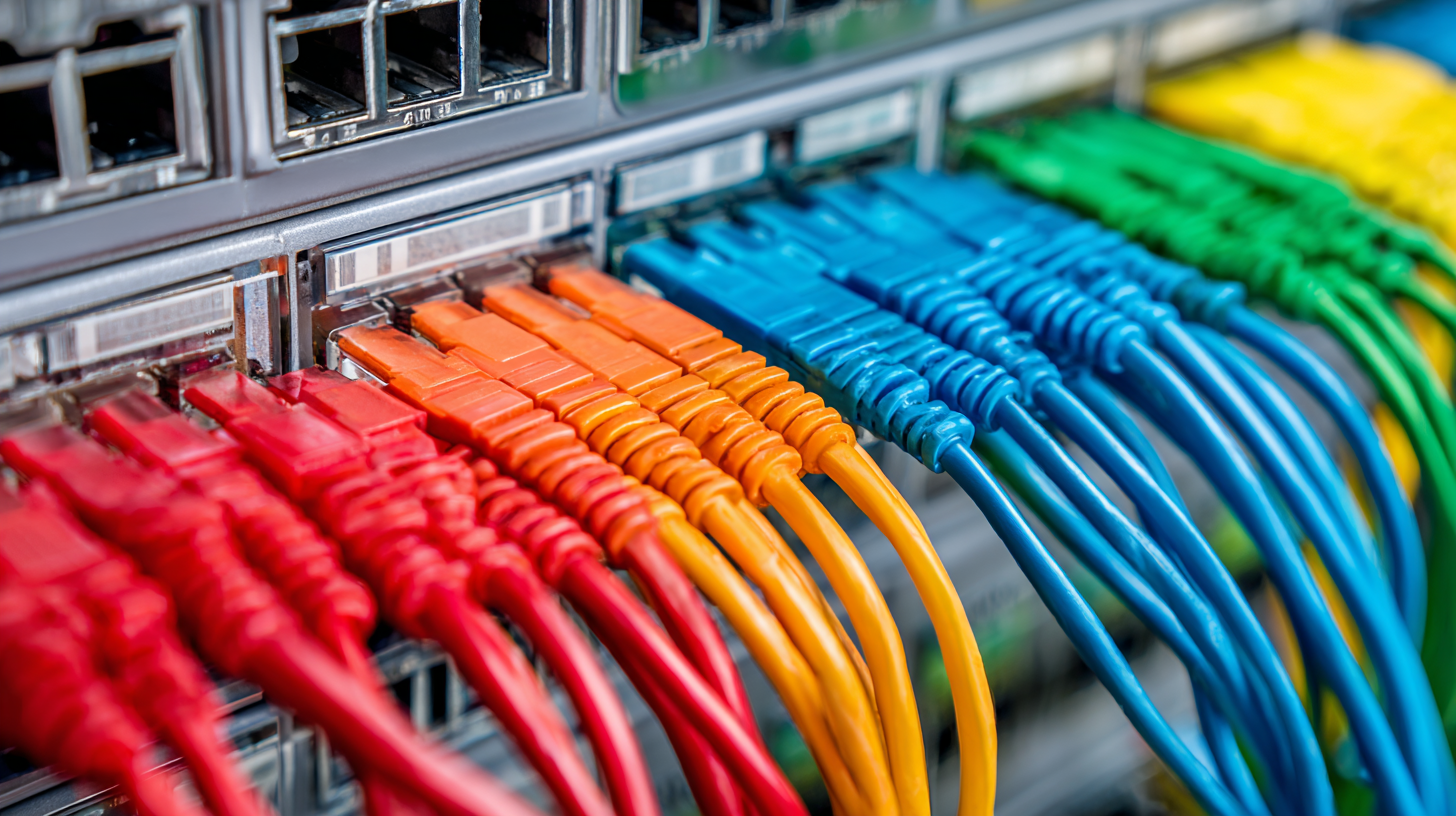
In this guide, we will explore the steps required to successfully implement fiber optic connections, ensuring a robust and efficient network that meets your needs.
Understanding the Basics of Fiber Optic Technology and Its Benefits
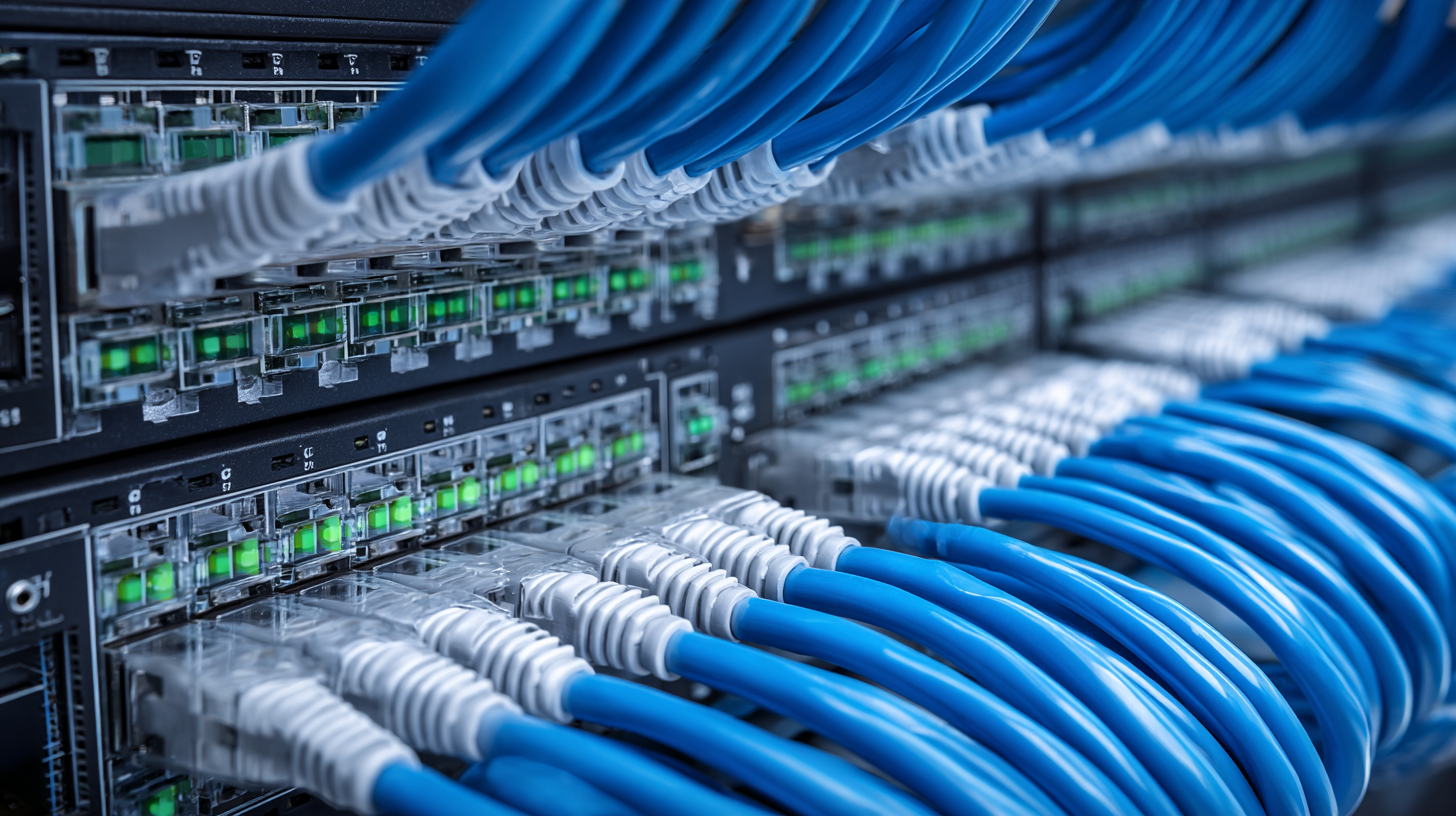 Fiber optic technology is revolutionizing the way we connect and communicate, offering significant advantages over traditional copper wiring or wireless systems. At its core, fiber optics utilizes strands of glass or plastic to transmit data as pulses of light, allowing for exceptionally high bandwidth and speed. This technology minimizes signal loss over long distances, making it ideal for both urban and remote areas. Furthermore, fiber optic systems are less susceptible to electromagnetic interference, providing a more stable and reliable network connection.
Fiber optic technology is revolutionizing the way we connect and communicate, offering significant advantages over traditional copper wiring or wireless systems. At its core, fiber optics utilizes strands of glass or plastic to transmit data as pulses of light, allowing for exceptionally high bandwidth and speed. This technology minimizes signal loss over long distances, making it ideal for both urban and remote areas. Furthermore, fiber optic systems are less susceptible to electromagnetic interference, providing a more stable and reliable network connection.
The benefits of implementing fiber optic connections are manifold. They support high-definition video streaming, facilitate faster internet speeds, and enhance the performance of cloud-based applications. Moreover, fiber optic cables are lighter and take up less space than their copper counterparts, improving ease of installation. Businesses and individuals alike can benefit from enhanced security, as fiber optics are not easily tapped into, ensuring data integrity. As the demand for high-speed internet continues to rise, understanding the basics of fiber optic technology becomes essential for anyone looking to build a robust and dependable network.
Choosing the Right Fiber Optic Cables for Your Network
Choosing the right fiber optic cables is crucial for building a reliable network. Fiber optic technology provides superior data transmission speeds and bandwidth compared to traditional copper cables. According to a report by the Fiber Optic Association, fiber optic connections can transmit data at speeds of up to 100 Gbps over distances exceeding 100 kilometers, making them ideal for both enterprise-level networks and high-demand applications. Understanding the different types of fiber optic cables, such as single-mode and multi-mode, is essential. Single-mode fibers are designed for long-distance communication and offer lower attenuation, while multi-mode fibers are better suited for shorter distances with higher bandwidth capacities.
When selecting fiber optic cables, consider the specific needs of your network. For instance, if you're operating within a campus environment or a data center, multi-mode fiber may be more cost-effective and easier to install. However, if your network spans long distances, investing in single-mode fiber will ensure optimal performance.
Tips: Always check the cable's specifications for bandwidth and distance requirements, and consider future expansion needs when choosing. Additionally, investing in quality connectors and installation materials can significantly affect network performance and reliability. Regular maintenance and testing should be conducted to ensure your connections perform at their best without interruption.
Best Practices for Installing Fiber Optic Connections
When installing fiber optic connections, adhering to best practices is crucial for building a reliable network. According to the Fiber Optic Association, proper handling and installation techniques can reduce signal loss by up to 50%. Start by ensuring that the cables are stored correctly to avoid bends or kinks, which can jeopardize their performance. Opt for high-quality fiber optic cables, such as those with a low water peak, to enhance data transmission. Utilizing clean, precise fusion splicing methods can further minimize attenuation and increase the longevity of your connections.
Additionally, it’s vital to conduct thorough testing throughout the installation process. Reports from the Institute of Electrical and Electronics Engineers (IEEE) indicate that approximately 30% of all fiber optic outages are directly related to improper splicing or connection errors. Implementing a rigorous testing protocol, including optical time-domain reflectometry (OTDR), can help identify potential issues before they become significant. By incorporating these best practices, organizations can ensure that their fiber optic networks operate at peak efficiency, supporting the ever-growing demand for bandwidth in today’s digital landscape.
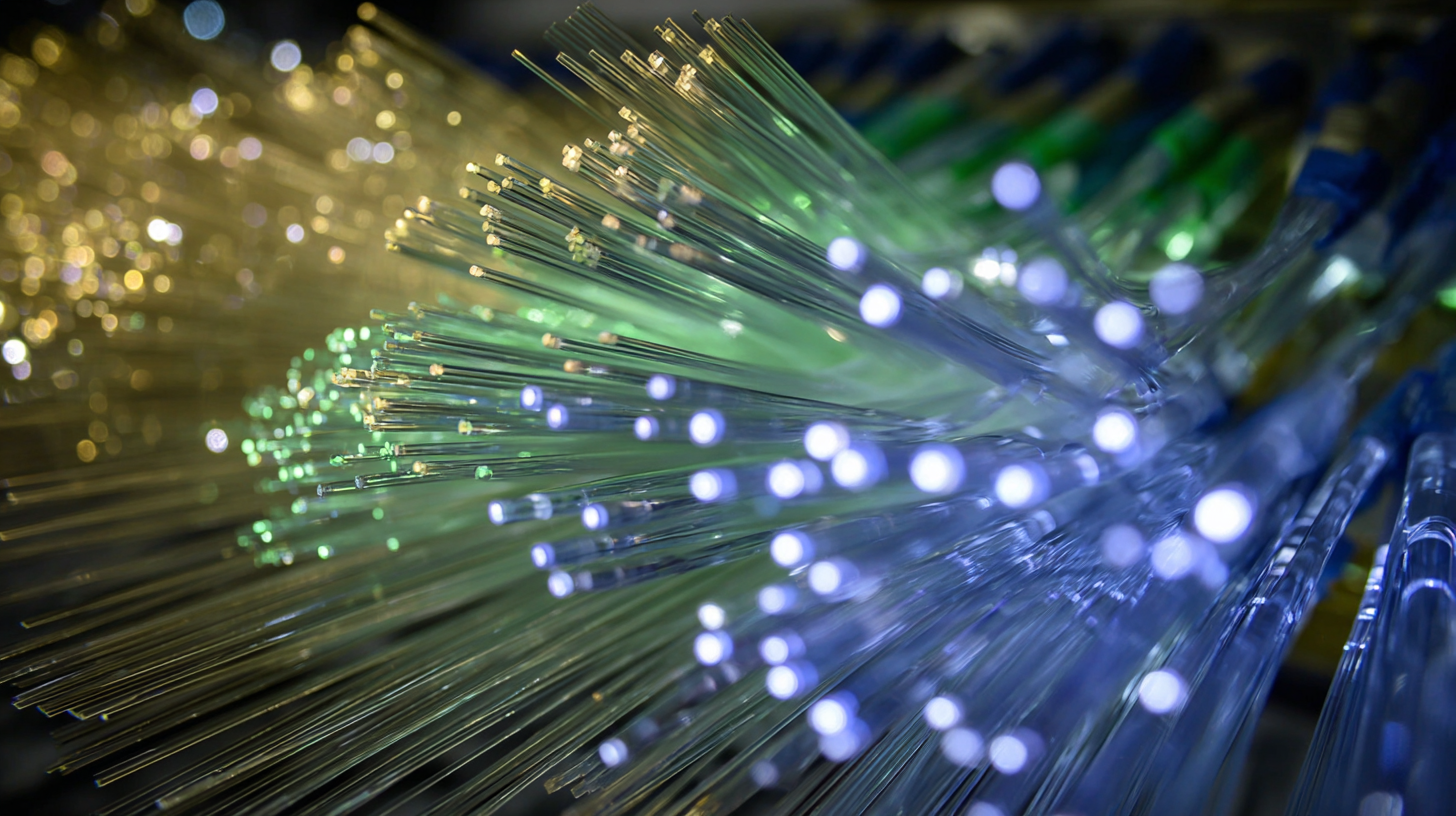
Essential Tools and Equipment for Fiber Optic Networking
When building a reliable fiber optic network, having the right tools and equipment is essential. First and foremost, fiber optic cables are the backbone of any network. These cables come in various types, such as single-mode and multi-mode, each serving different purposes based on distance and bandwidth requirements. It’s important to select the appropriate type of fiber optic cable for your specific networking needs to ensure optimal performance.
In addition to cables, specialized tools are crucial for installation and maintenance. A fusion splicer is indispensable for joining fiber optic strands with minimal loss of signal. Furthermore, optical power meters and light sources are essential for testing the integrity and performance of the network after installation. Fiber optic connectors, adapters, and patch panels also play a vital role, enabling easy connections and organization of network components. By equipping yourself with these essential tools and components, you can ensure a robust and efficient fiber optic networking infrastructure.
How to Build a Reliable Network with Fiber Optic Connections - Essential Tools and Equipment for Fiber Optic Networking
| Tool/Equipment | Purpose | Specifications | Estimated Cost |
|---|---|---|---|
| Fiber Optic Cables | Data transmission over long distances | Single-mode and Multi-mode options | $0.50 to $2.00 per meter |
| Fiber Optic Splicer | Joining two fiber cables together | Automatic & Manual splicing options | $2,000 to $8,000 |
| Optical Power Meter | Measuring light signal in fibers | Wavelengths ranging from 700nm to 1600nm | $300 to $1,500 |
| Fusion Splice Protector | Protecting spliced fiber joints | Various lengths and diameters | $2 to $10 each |
| Cable Management Accessories | Organizing and protecting cables | Racks, trays, and ties | $50 to $300 |
| Testing Kits | Verifying fiber installation | Includes OTDR, light sources, etc. | $1,500 to $5,000 |
Troubleshooting Common Issues in Fiber Optic Systems
When troubleshooting common issues in fiber optic systems, it's essential to first understand the typical problems that can arise. One frequent issue is signal loss, which can occur due to bends in the fiber, improper termination, or contamination of connectors. Regularly inspecting and cleaning connectors can mitigate this problem and ensure optimal performance.
Another common challenge is misalignment. Even the slightest misalignment between fiber ends can result in significant power loss. Utilizing precision alignment tools during installation can help maintain proper connection. Moreover, checking the physical conditions of cables and ensuring that they are not crushed or otherwise damaged plays a crucial role in preventing connectivity issues.
**Tips:** Always keep your fiber optic connectors clean using specialized cleaning tools. Regularly test your fiber runs with an optical time-domain reflectometer (OTDR) to detect any issues early on. Additionally, ensure that your installation follows the manufacturer's specifications to avoid unnecessary problems in the future.
Fiber Optic Network Reliability Analysis
Related Posts
-

Understanding the Types of Fiber Optic Wire: A Comprehensive Guide
-
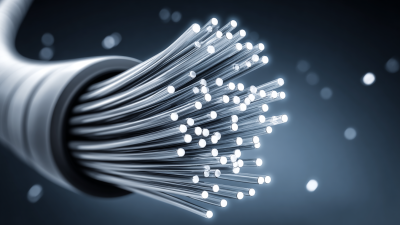
Maximize Your Network Potential with Fiber Cable Insights and Best Practices
-
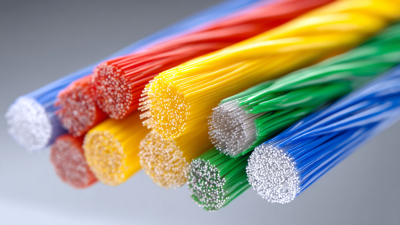
How to Choose Between Cable and Fiber for Your Home Internet Needs
-

Challenges Faced by Businesses Using Ineffective Cable Management Tools
-
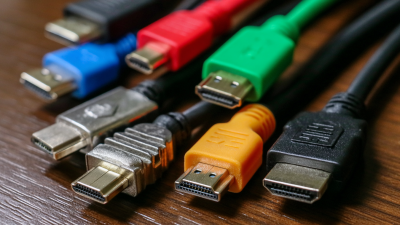
7 Best Cable Connectors You Should Invest In Right Now
-
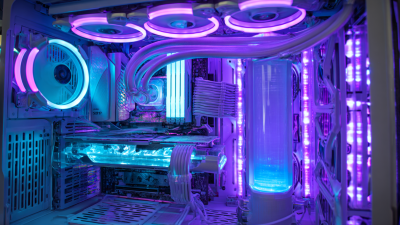
How to Choose the Best Cable Management Tools for Your Workspace






